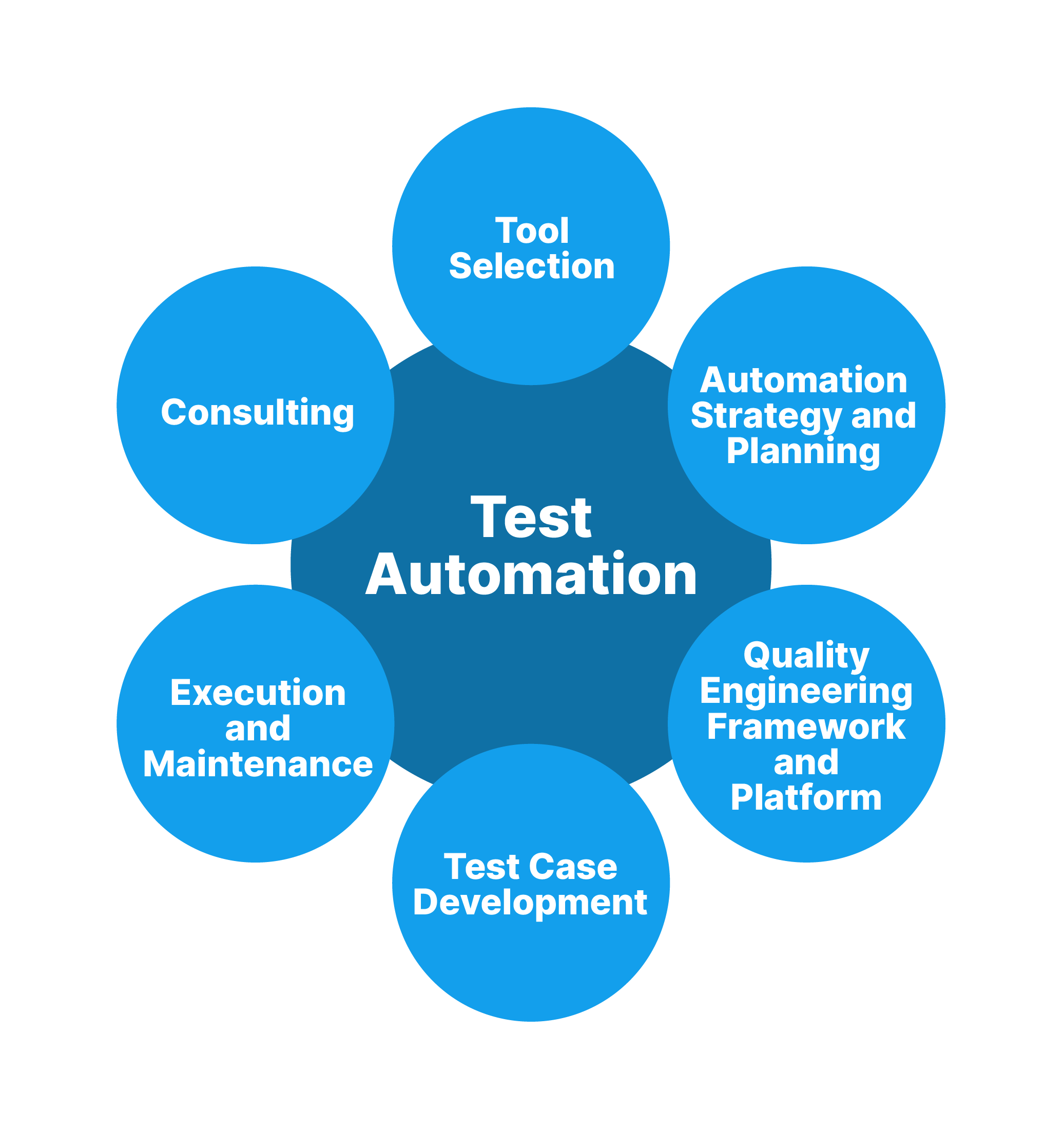Making Certain Success in Automation Testing: Trick Metrics, Challenges, and Solutions Every QA Team Need To Know
In the world of software quality assurance, the landscape of automation screening is ever-evolving, requiring a precise strategy to guarantee smooth operations. The trip to mastering automation screening is paved with subtleties that call for an eager eye for tracking, evaluation, and constant improvement. As the market pushes onward, the quest for optimal efficiency in automation testing stays a continuous search, urging QA teams to equip themselves with the knowledge and approaches essential for accomplishment.
Importance of Key Metrics
Recognizing the value of key metrics is crucial for examining the performance and efficiency of automation testing processes. Trick metrics serve as measurable steps that give beneficial insights right into different elements of the testing procedure, such as test protection, examination implementation time, flaw thickness, and test instance efficiency. By assessing these metrics, QA groups can recognize bottlenecks, inadequacies, and areas for improvement within their automation testing structure.
One important element of vital metrics is their capability to track development and keep an eye on the overall wellness of the testing procedure (automation testing). They allow stakeholders to make enlightened choices based upon data-driven insights, which can cause a lot more effective testing strategies and better source allotment. Furthermore, key metrics can assist teams set reasonable objectives, determine the success of automation initiatives, and demonstrate the ROI of automation screening efforts

Typical Challenges Encountered
Obstacles commonly come across in automation testing processes can significantly influence the total efficiency and efficiency of QA teams. Automation screening may not cover all aspects of screening, such as use and user experience testing, which still call for hand-operated intervention. Getting rid of these obstacles requires appropriate planning, calculated test case choice, durable upkeep procedures, ample sources, and a clear understanding of the limitations of automation screening.
Reliable Solutions for Obstacles
To deal with the challenges encountered in automation screening, applying efficient remedies is necessary for boosting the efficiency and efficiency of QA teams. One crucial remedy is to buy durable training programs for QA teams to guarantee they have the required abilities to successfully utilize automation tools. Training can connect knowledge voids, improve understanding of automation frameworks, and enhance scripting abilities, inevitably bring about extra effective test production and execution.
One more crucial solution is to establish clear communication channels within the QA team and with other stakeholders, such as programmers and task managers. Reliable interaction aids in lining up assumptions, sharing progression updates, and quickly addressing issues or roadblocks that may occur throughout the automation screening procedure.

Tracking and Analysis Techniques
Carrying out efficient tracking and analysis techniques is vital for ensuring the success and efficiency of automation screening processes. By making use of surveillance tools, QA groups can track the performance of test scripts, recognize bottlenecks, and identify areas for renovation. Real-time monitoring permits quick detection of problems, making it possible for fast action and resolution. Furthermore, analyzing test outcomes and metrics provides important understandings into the quality of the software being checked and the efficiency of the testing approach.
One key technique in monitoring and see this page evaluation is the use of control panels that settle appropriate metrics and KPIs in a visually accessible style. These control panels provide a thorough review of test implementation standing, test protection, issue patterns, and other essential info. Routinely evaluating and examining these dashboards can help QA groups make notified choices, focus on tasks, and maximize testing efforts.
Furthermore, implementing automated notifies and notifications based on predefined limits can enhance positive tracking and timely intervention. By establishing notifies for efficiency discrepancies or test failures, teams can attend to concerns quickly and avoid them from rising. Generally, surveillance and evaluation strategies play a vital role in ensuring the efficiency and success of automation screening campaigns.
Continual Renovation Techniques
Enhancing the efficiency of automation screening processes demands the constant refinement of methods and methodologies. Continuous enhancement approaches are critical for QA teams to adapt to progressing modern technologies and deliver premium software. One crucial technique to improving automation screening procedures is to conduct why not try these out routine testimonials and retrospectives. By analyzing past testing cycles, groups can determine traffic jams, inadequacies, and areas for improvement. Applying responses loopholes and incorporating lessons discovered into future screening frameworks can yield significant improvements with time.

Conclusion
Finally, it is vital for QA groups to comprehend the crucial metrics, obstacles, and services in automation testing to guarantee success. By very carefully keeping an eye on and analyzing data, implementing effective options to usual challenges, and constantly improving approaches, QA teams can optimize their testing procedures and supply high-quality software. Abiding by these practices will inevitably lead to more effective and efficient automation image source screening techniques.
By analyzing these metrics, QA groups can recognize traffic jams, inadequacies, and locations for improvement within their automation testing framework.
Additionally, vital metrics can aid teams established realistic objectives, determine the success of automation efforts, and demonstrate the ROI of automation screening initiatives.
Obstacles generally come across in automation screening procedures can dramatically influence the general effectiveness and efficiency of QA teams. Automation testing might not cover all elements of testing, such as use and individual experience testing, which still need hands-on intervention.In final thought, it is essential for QA groups to recognize the key metrics, difficulties, and options in automation screening to ensure success.